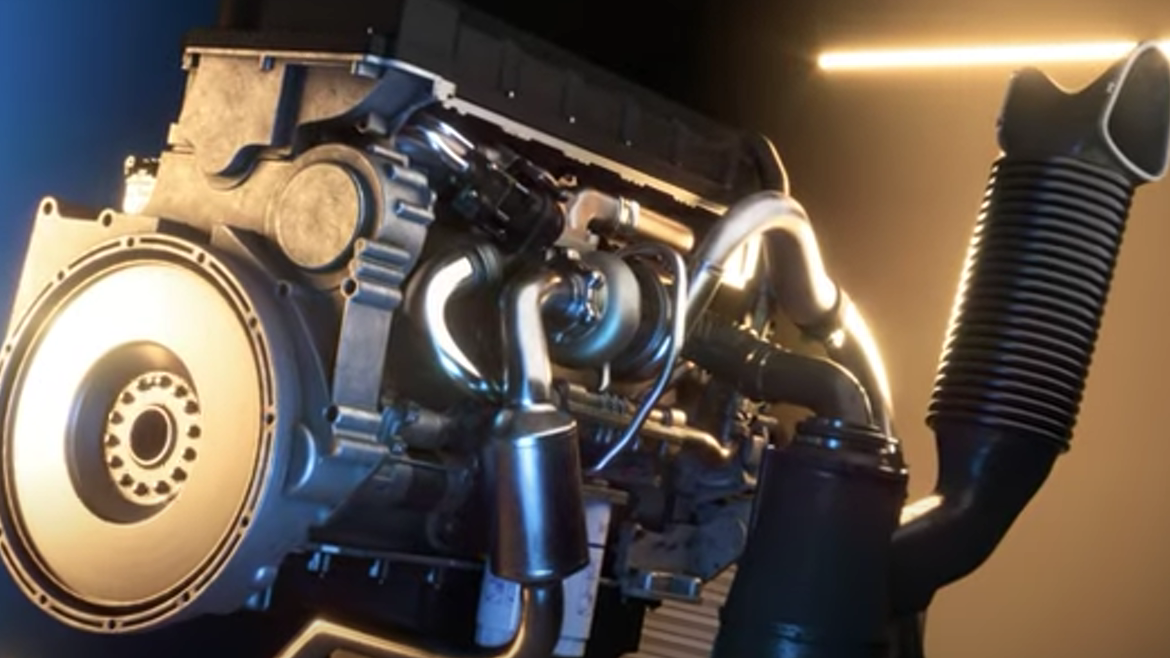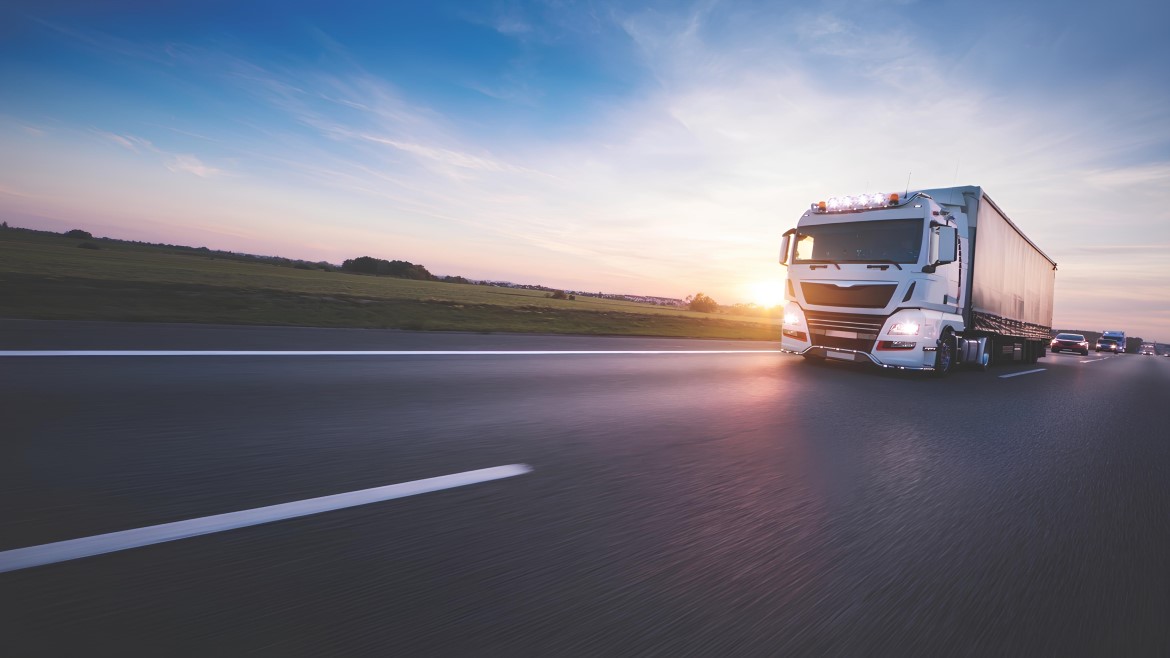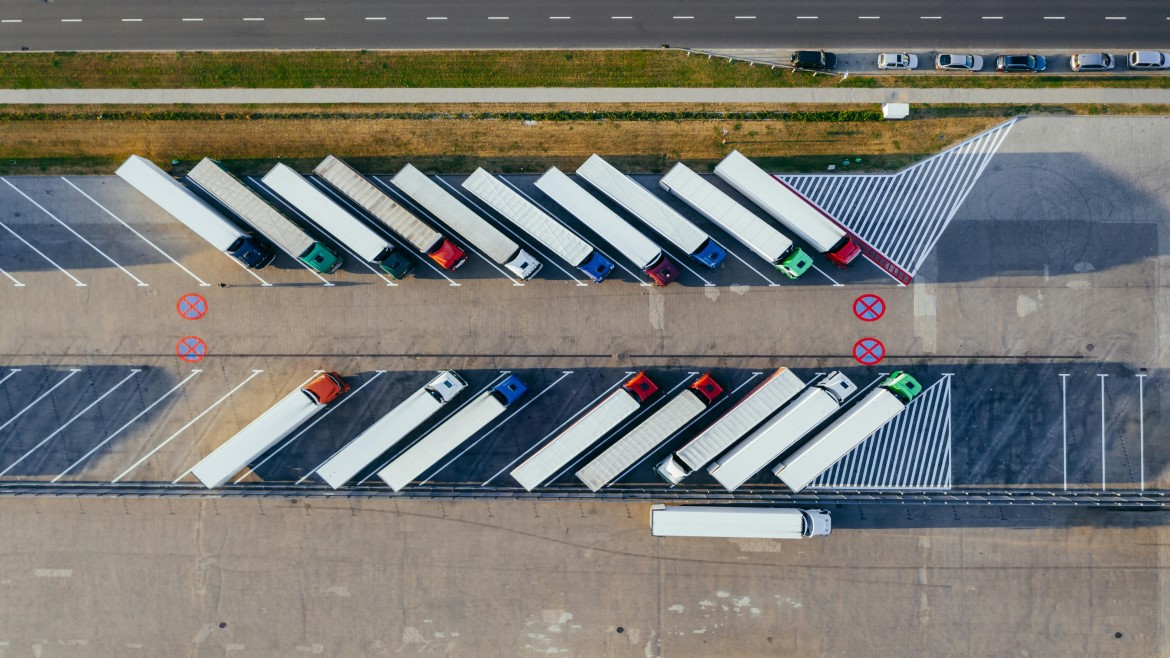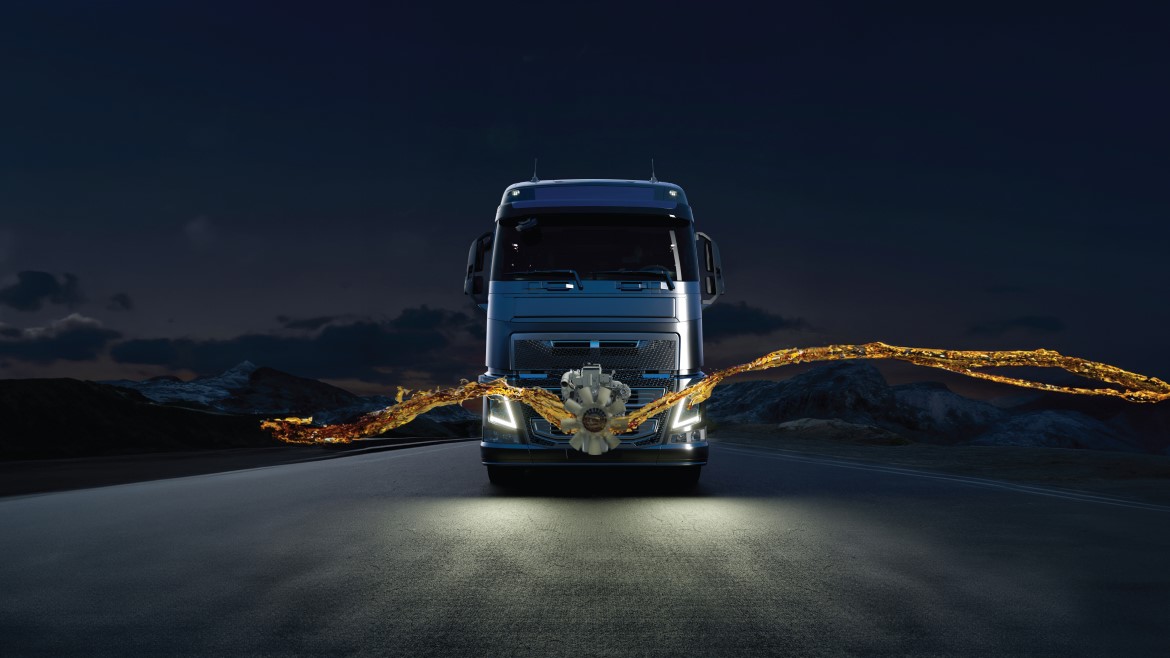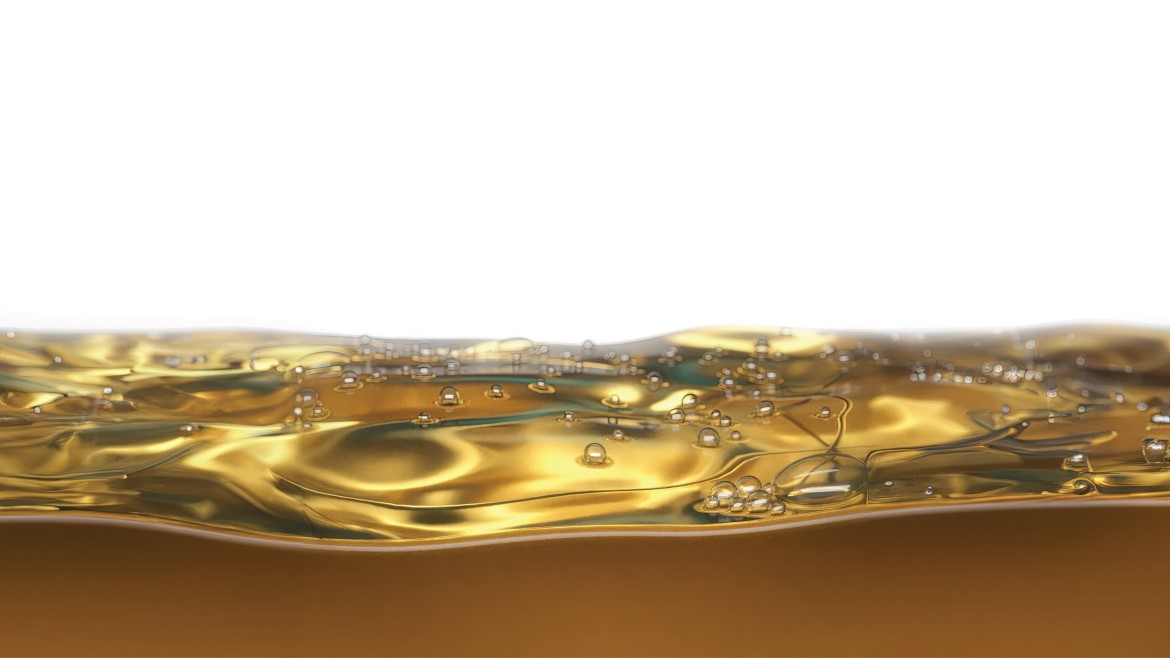Exhaust emissions from off-highway combustion engines are estimated by the European Commission to contribute approximately 15 percent of nitrogen oxides (NOx) and 5 percent of particulate matter (PM) to air pollution in Europe. In addition, the European Commission has found NOx and PM to have “adverse ill effects” on public health, making continued improvements to air quality essential.
For off-highway diesel engines, Stage I, II, III and IV emissions standards have been introduced gradually from 1999 onwards, each tightening various emissions limits. Stage IV was introduced in 2004 with updates rolled out up to 2012. In 2016, the European Commission proposed Stage V as the world’s most stringent emissions standard for off-highway diesel engines, even surpassing the US Tier 4 Final standards. Stage V introduces particulate number (PN) limits for the first time and mandates carbon monoxide (CO), hydrocarbon (HC), PM and NOx limits across a much broader range of engine kW power ratings. PM limits are also now 40% lower versus Stage IV for engines rated between 56-560 kW.
What Does Stage V Cover?
When compared to Stage IV, Stage V covers a larger range of engines, including:
- Compression Ignition (CI) engines below 19 kW and above 560 kW
- Spark Ignition (SI) engines above 19 kW
- Other previously unregulated engines
The Stage V standard applies to many markets including mobile off-highway machinery, hand-held machinery, inland waterway vessels, railway locomotives, railcars, snowmobiles, all-terrain vehicles, side-by-side vehicles and generating sets. The most substantial impact is on diesel engine models within construction and agriculture, with all off-highway vehicles facing compliance irrespective of engine size.
Stage V is applicable to all countries within the European Union and will most likely also followed by other countries within Europe, such as Norway and Switzerland.
When Was Stage V Implemented? (This section was updated July 2022.)
The Stage V standard was implemented in January 2019 or January 2020, with the date depending on the engine type. From the implementation date onwards, no more of the salient Stage IV engines could be produced. Original Equipment Manufacturers (OEMs) were given a two-year transition window to utilize existing Stage IV engine inventory and place them into the market. This meant that, by January 2022 at the latest, all new off-highway equipment were to be fitted with engines certified to the Stage V standard. However, timings have been modified as a result of the COVID-19 pandemic. For example, for off-highway agricultural and forestry equipment with power ratings between 56kW and 130kW, the transition window has been extended to September 30, 2022. There was also a delay for selected engines used in mobile cranes to December 31, 2022. Therefore, all new off-highway equipment placed into the market from January 2023 onwards will include Stage V engines.
Impact on Lubricant Requirements
The introduction of Stage V poses new aftertreatment system challenges for OEMs, with most requiring their equipment to feature a combination of Diesel Oxidation Catalyst (DOC), Diesel Particulate Filter (DPF) and Selective Catalytic Reduction (SCR). In comparison to Stage IV, compliance with the Stage V emissions standard will be nearly impossible to achieve without the use of a DPF.
For an off-highway engine lubricant, these stringent requirements necessitate the correct engine lubricant formulation and performance additive technology selection to ensure efficient aftertreatment system and engine performance. The widespread adoption of advanced aftertreatment devices will significantly increase market demand for lubricants with lower levels of Sulphated Ash, Phosphorus and Sulphur (SAPS). These lubricants will need to align with ACEA E6 or ACEA E9 and API CK-4 industry performance baselines alongside associated OEM approvals.
Our View
The Stage V emissions standard has driven the development and implementation of new hardware and emissions systems strategies. In turn, these strategies have introduced new durability and compatibility concerns for OEMs and end users. To resolve many of these concerns, high performance lower SAPS engine lubricants will be required which adhere to the relevant lower SAPS ACEA and API industry performance levels and applicable OEM approvals.
For more information on lower SAPS engine lubricants, please contact your Lubrizol representative.




